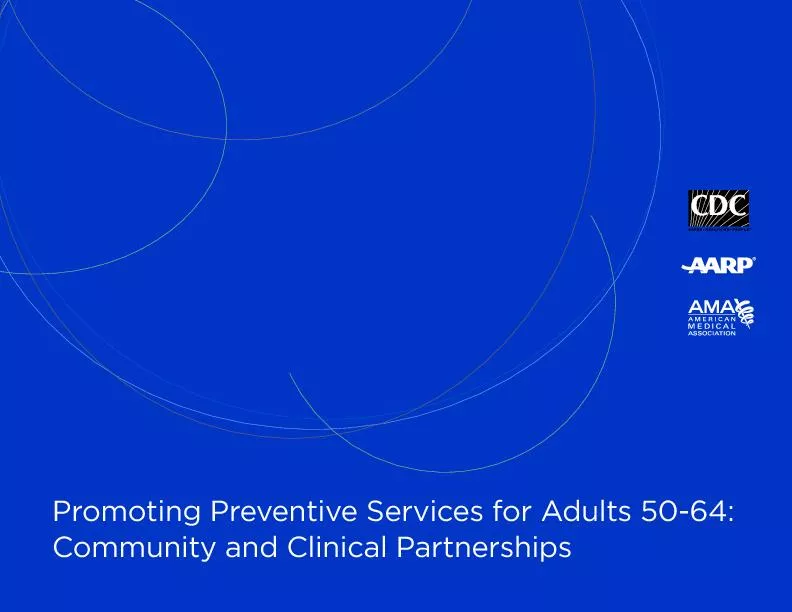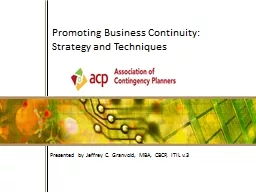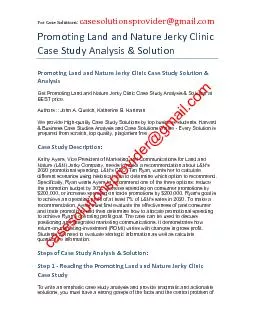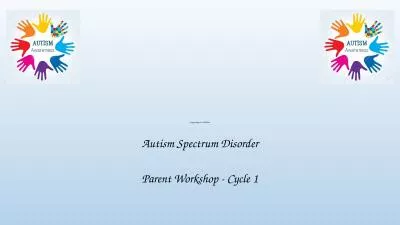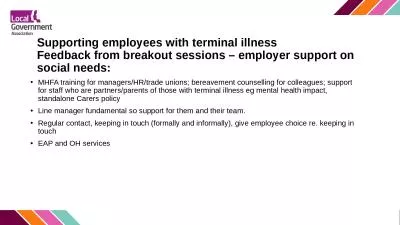PPT-Promoting and Supporting
Author : pasty-toler | Published Date : 2017-07-22
Breastfeeding Your Role Common Scenarios and Hands On Teaching Emilie Sebesta MD Miriam Bennett RN May 25 2016 Family Medicine Resident School Objectives Know
Presentation Embed Code
Download Presentation
Download Presentation The PPT/PDF document "Promoting and Supporting" is the property of its rightful owner. Permission is granted to download and print the materials on this website for personal, non-commercial use only, and to display it on your personal computer provided you do not modify the materials and that you retain all copyright notices contained in the materials. By downloading content from our website, you accept the terms of this agreement.
Promoting and Supporting: Transcript
Download Rules Of Document
"Promoting and Supporting"The content belongs to its owner. You may download and print it for personal use, without modification, and keep all copyright notices. By downloading, you agree to these terms.
Related Documents




